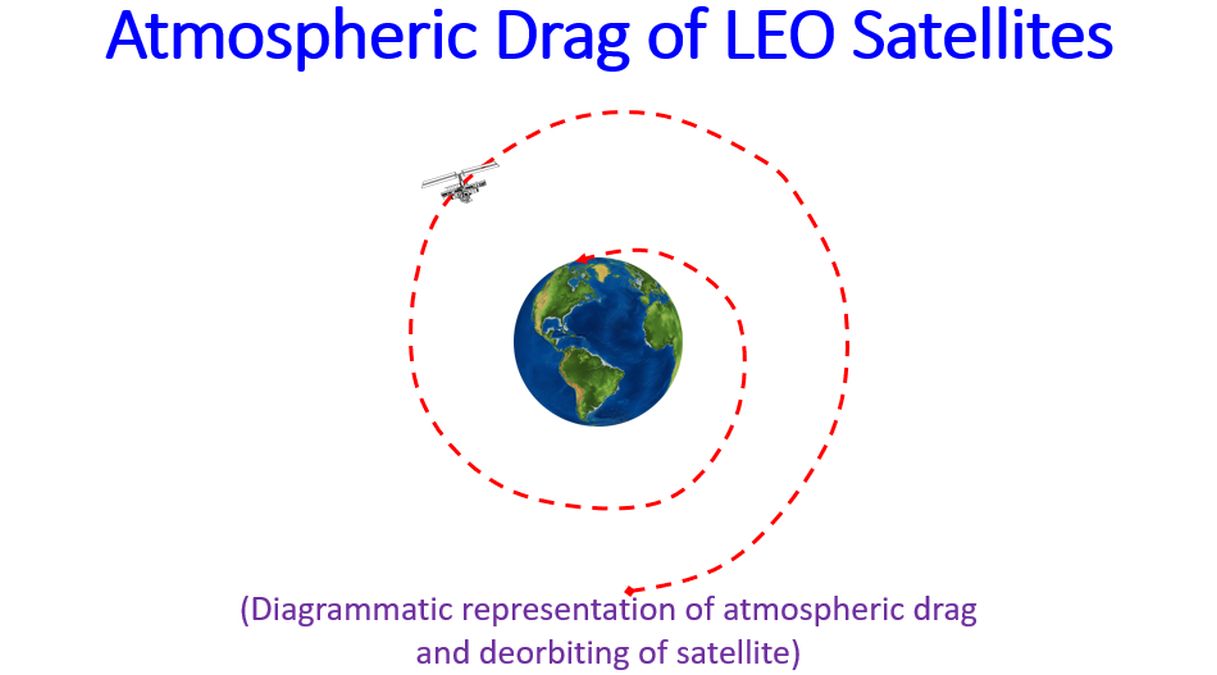Ready to Say Farewell to TEVEL Satellites?
Yesterday VU2TUM informed me that TEVEL satellites are due to re-enter the Earth’s atmosphere within a matter of days. Earliest to re-enter will be TEVEL 5 on July 17th, to be followed by TEVEL 6 on July 19th. TEVEL 3 on August 3rd, TEVEL 7 on August 4th, TEVELS 2, 1 and 4 on August 6th and TEVEL 8 on August 17th (These projections, need not be fully accurate). It is interesting to note that TEVEL 8 which was inactive for a long time has become active only recently, though I have not been able to have any contacts through it so far. TEVEL 1 has been inactive for a long time, and continues to be so, as per Satellite Timer Status page of DF2ET which I check regularly to prior to any planned activation. TEVEL satellites were being activated two or three at a time for 72 hours each, following which another series will be activated. 4X1DG has mentioned that 72 hours is a software limit that was implemented during the development phase. Activation time is available from the Twitter page of 4X1DG.
TEVEL satellites also function as high school students’ educational satellite and schools receive telemetry beacons for educational research activities. TEVEL satellite control station is 4X4HSC at the Herzliya Science Center, which is a ham radio club and space centre. TEVEL satellites are CubeSats of size of 1U. One CubeSat unit is 10 x 10 x 10 cm, about the size of Rubik’s cube. Launch was by SpaceX Falcon 9 Transporter-3 mission on January 13, 2022, from the Air Force Eastern Test Range. TEVEL satellites have been made by students of 8 schools in Israel. It is heard that they are planning a new series of 9 satellites.
Now, why do LEO satellites the category to which most of the amateur radio satellites belong de-orbit? Earlier I used to think that satellites once launched to space would go around the Earth indefinitely (forgive my ignorance). It was only recently that I came to know about atmospheric drag and eventual deorbiting of Low Earth Orbit satellites. Deorbiting means they re-enter the Earth’s lower atmosphere and often burn up fully if they are small or crash down if they are large enough not to fully burn up during their pass through the lower atmosphere.

We are currently in Solar Cycle 25 with increasing and often unpredictable solar activity like solar flares and coronal mass ejections. Increased solar activity means upper atmosphere including ionosphere becomes warmer and extends upwards. As the atmosphere extends upwards, presence of more air molecules will increase the atmospheric drag on LEO satellites. LEOs can descend to lower orbital heights and those satellites without facility for orbit correction will eventually deorbit. The drag for each satellite will depend on the drag coefficient. Drag coefficient will in turn depend inversely on the mass to surface area of the satellite. A CubeSat which is fully packed with 1.3 kg weight for 1U will have least drag while one which is not fully packed or having deployable solar panels with more surface area, will have a higher atmospheric drag, as expected.